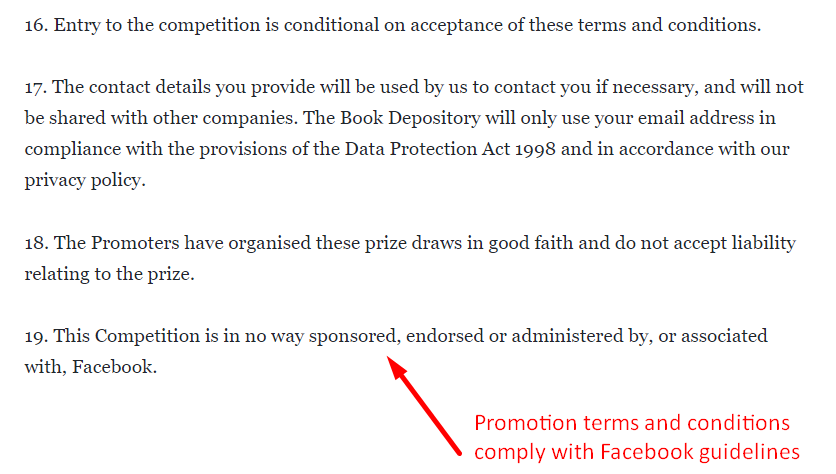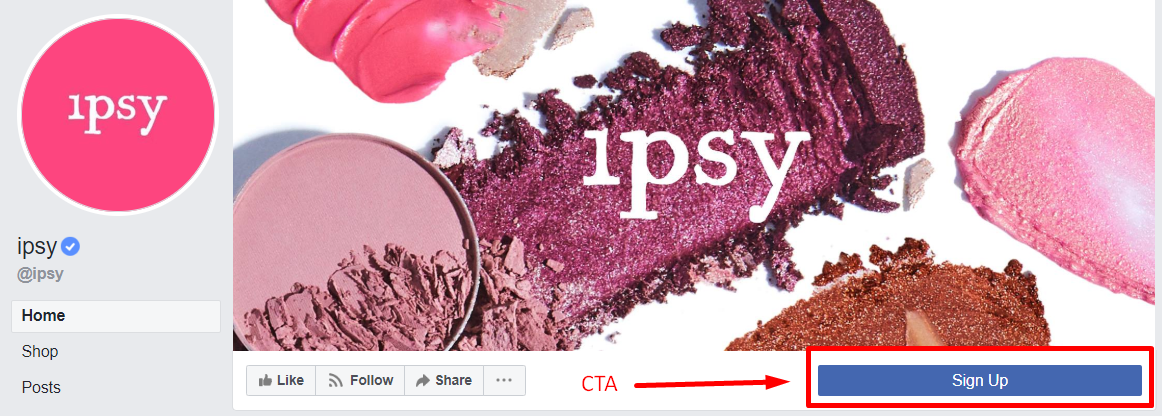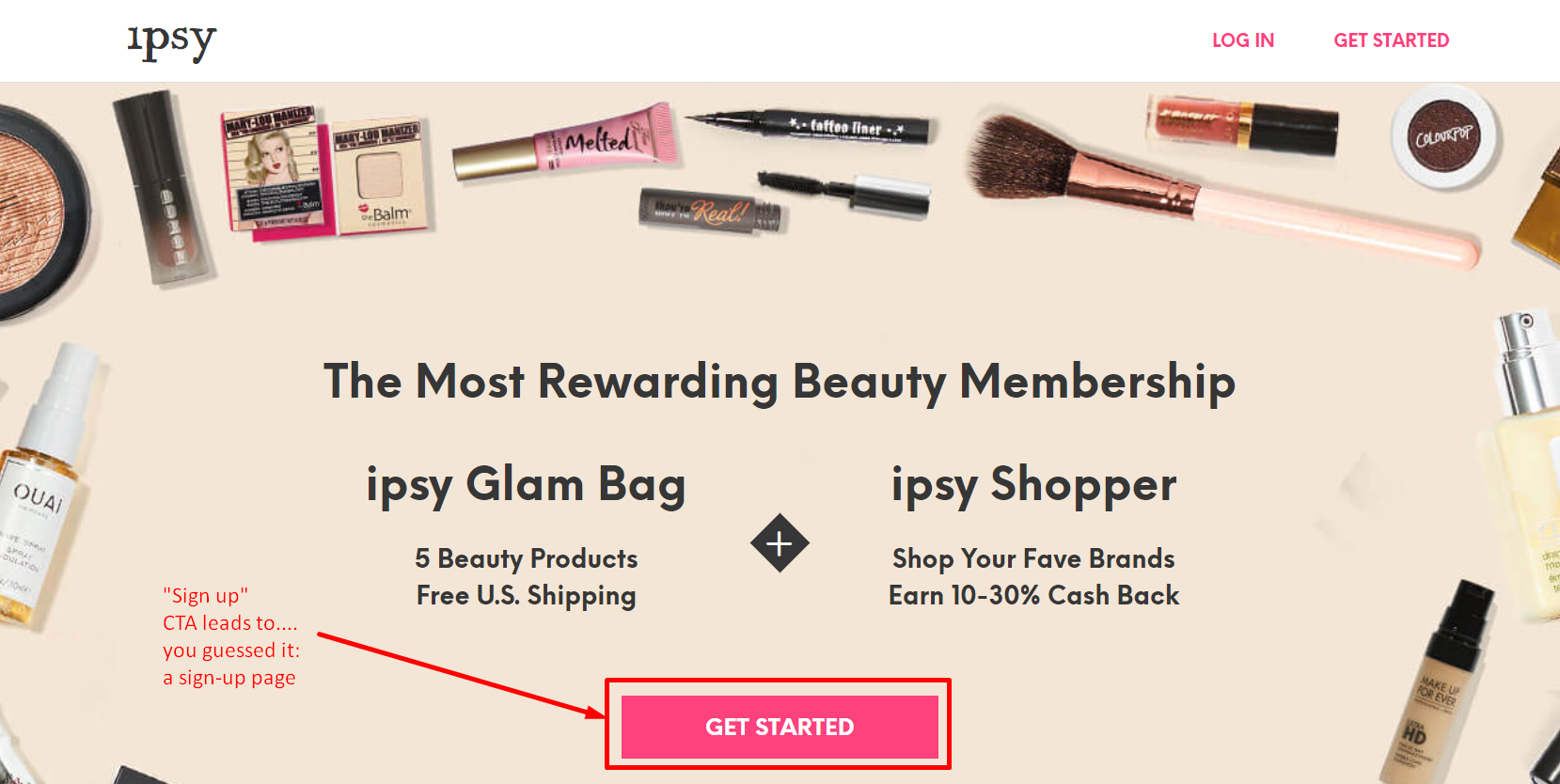Facebook has lots of rules that marketers need to know. Make sure your marketing complies, including giveaways, contests, posts, and ads.
Written By: Julia McCoy
Marketing on Facebook isn’t a free-for-all. It’s not a guaranteed win, either. (Organic reach on Facebook has notoriously plunged downward in the past few years – reaching your audience for free is pretty much in the past).
But, before you can ever make a blip on the Facebook algorithm, you need to follow some basic rules.
These are outlined in Facebook’s policies, but they can be hard to weed through, and often it’s unclear which guidelines pertain to marketing tactics.
That’s why I’ve pulled together this guide to clarify the most basic rules. If you’re in violation of any of them, your page could get shut down – a worst-case scenario.
Avoid that situation and make sure your marketing complies, including giveaways, contests, posts, and ads.
1. Running a Promotion? You Must Include Two Pieces of Information
Under Pages, Groups and Events Policies – Section 3
Running promotions is a great idea for increasing your engagement, growing brand reach, and more. However, Facebook requires you to include two vital pieces of information for your audience with every promotion:
Make sure you optimize for user experience metrics.
Are you optimizing for user experience? Enhancing site speed, content stability and interactivity can boost organic rankings, brand awareness and sales.
- A note informing any participants that their entry in your promotion also releases Facebook from any responsibility or liability.
- A note that acknowledges Facebook has nothing to do with your promotion.

Basically, this guideline makes sure your entrants know your promotion has zero connections to Facebook, other than serving as the platform where you’re hosting it.
There are no good excuses for not including these two pieces of information with your giveaways, contests, etc. All you have to do is include a small note following your promotion’s rules and guidelines.
Here’s an example of a giveaway from Book Depository correctly posted on Facebook. Note their terms and conditions are included in a link at the end of the post:

2. Don’t Use Friend Connections or Personal Timelines to Administer Promotions
Under Pages, Groups and Events Policies – Section 3
Another basic guideline for posting promotions on Facebook: Don’t use personal timelines to do it, and don’t require entrants to use friend connections to enter.
What does this mean? Simply that you can’t require participants to:
- Tag a friend to enter the promotion or gain additional entries.
- Share the promotion for additional entries, either to a friend’s timeline or on a personal timeline.
Note that you still may encourage participants to share your promotion – you just can’t make sharing or tagging requirements for entry.
3. Collecting User Data with a Facebook App? Notify Them & Obtain Clear Consent
Under Pages, Groups and Events Policies – Section 4
No matter how or where you collect user data on Facebook, you need to make sure those users understand:
- How you will use their information
- That you need their permission to collect and use their data
- It’s you collecting it, not Facebook
This kind of transparency is not just a Facebook policy; it’s also a best practice for doing business, period.
4. Be Careful When Creating Page Names
Under Pages, Groups and Events Policies – Section 5

Creating a Facebook Page for your business should be straightforward, but there are a few basic rules to follow when naming your page:
- Don’t use grammar or punctuation that’s excessively incorrect (i.e., if your brand name is an intentionally misspelled word or includes one intentional grammar error, that’s fine, but going overboard might get you in trouble).
- Example: ipsy’s page name is spelled with a lowercase “i” and passes muster. If, on the other hand, their page name included a grammar error, too, it probably wouldn’t be acceptable.
- Don’t use profanity.
- Don’t use generic terms or locations – for instance, if you sell necklaces, your page name cannot be “Necklaces”.
If your brand name falls under any of these no-no’s, you might want to go back to the drawing board – and not just for Facebook, but for general branding success.
5. Use the Facebook Brand in Ads Wisely
Under Advertising Policies – Section 2
Does your business offer marketing services, including social media marketing? If so, you might need to mention the Facebook brand in your ads and posts.
Specifically, when you post ads mentioning Facebook on Facebook, there are rules for that, too.
- You can mention Facebook in a limited way.
- “Facebook” should always appear in the same font/size/style as the text surrounding it.
- Always capitalize the brand name “Facebook” – don’t make it plural, don’t abbreviate it, and don’t use it as a verb.
- Don’t substitute the Facebook logo for the word “Facebook” in your ad copy.
- Don’t use the Facebook logo in your ads.
Here’s an example of an ad from AdEspresso that correctly mentions the Facebook brand:

6. Make Calls-to-Action Crystal-Clear
Under Pages, Groups and Events Policies – Section 4
Facebook gives brands options for adding CTA buttons to their pages. However, if you provide a call-to-action on Facebook, there are rules for that, too.
Particularly, Facebook stipulates that, after a user clicks your CTA, any information you obtain from that interaction can’t be used for any other purpose than providing the service the CTA promised.
If you want to use the information you obtained from a CTA click in any other way, you have to get the user’s consent.
For example, the CTA on ipsy’s business page encourages you to sign up for their subscription service. When you click the CTA, it takes you to a sign-up page. If the CTA took you to a survey, that would be misleading, and the information you collect would not relate to that “Sign Up” action.
This is perhaps an example of poor marketing practices more than anything else, but it’s also a clear violation of Facebook’s policies.


Misleading CTAs are never okay. If your CTAs aren’t crystal-clear or point to unrelated pages, you need to go back and refresh yourself on CTA etiquette.
Stay on Facebook’s Good Side
Keeping up with Facebook’s policies and complying are the best ways to make sure your pages stay in the light.
Another reason to do it?
Facebook’s policies align with basic best practices for online marketing, including transparency, honesty, and respect for the user.
Keeping up with them isn’t just about abiding by the rules – it’s also about being a trustworthy marketer. That’s definitely a worthy goal.




Leave A Comment
You must be logged in to post a comment.